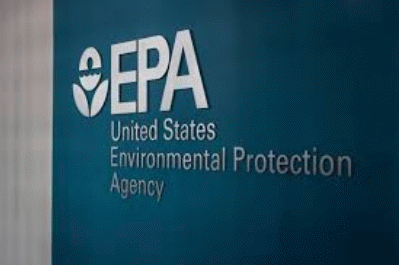
President Trump is considering making Fannie Mae and Freddie Mac public. Unfortunately, this is another proposal that will make the rich richer and the poor poorer.
Who are Fannie and Freddie?
The Government created Fannie Mae and Freddie Mac to provide liquidity, stability, and affordability to the U.S. mortgage market. Established in 1938 during the Great Depression, Fannie Mae expanded the secondary mortgage market by purchasing home loans from lenders, allowing banks to reinvest in new loans. It focused on FHA-insured mortgages to promote home ownership. Fannie Mae buys mortgages from large banks and credit unions.
In 1970, the government created Freddie Mac to expand and stabilize the mortgage market by competing with Fannie Mae and increasing liquidity. Its current efforts to support lower-income borrowers are part of a developing mission shaped by broader affordable housing goals rather than its original founding purpose. Freddie Mac purchases loans from smaller banks and lenders, helping community institutions stay competitive.
Fannie Mae and Freddie Mac are not independent agencies in the traditional sense. Instead, the government designates them as government-sponsored enterprises (GSEs). Even though they’re publicly traded, with boards and private management, their operations are governed by congressional charters.
Why the government took over
In the wake of the Savings and Loan crisis, the 1980s witnessed significant financial deregulation. Although Fannie Mae itself maintained relatively cautious underwriting for its core business—purchasing FHA-insured loans—the broader deregulated environment fostered a competitive push for higher volumes of mortgage lending. This created indirect pressure on all players in the housing finance system, including Fannie Mae.
Lenders lessened the requirements and lowered the down payment amount. This led to a much higher percentage of sub prime loans being issued. By 2006, we witnessed a housing bubble—characterized by rapidly rising home prices fueled by easy credit and speculative lending. The U.S. government took Fannie Mae and Freddie Mac over in September 2008 because of the financial instability to prevent a total collapse of the housing market.
How are they performing now?
Fannie Mae and Freddie Mac contribute to the federal government primarily by transferring practically all of their net earnings to the U.S. Treasury as dividends. Under the conservatorship arrangement established during the 2008 financial crisis, both government-sponsored enterprises (GSEs) are required to use their profits to repay the bailout funds advanced by the Treasury. This means that rather than retaining earnings for reinvestment or distribution to private shareholders, virtually every dollar they make goes straight back to the federal government. This is an important fact that I will come back to.
The four years from 2019 to 2022 contributions.
Year Fannie Freddie
2019, $10.5 billion, $7.5 billion
2020 $10.0 billion $7.0 billion
2021 $11.0 billion $8.0 billion
2022 $10.5 billion $7.5 billion
In 2023, FHFA announced that the Housing Trust Fund and Capital Magnet Fund will receive approximately $545 million for affordable housing initiatives from Fannie Mae and Freddie Mac
What happens if Trump wants to privatize these programs
First, a lot would have to happen. The FHFA would have to resend the conservatorship. Congress would need to pass new legislation or amend existing laws governing these entities. Currently, the U.S. government holds a substantial portion of equity in both Fannie Mae and Freddie Mac, largely because of the financial rescue during the 2008 crisis. Privatization would entail a systematic and often gradual sale or transfer of these shares to private investors.
Winners and losers
Who Profits from Privatization?
Private Investors: If the government sells its shares in Fannie Mae and Freddie Mac, private investors could gain ownership stakes, potentially profiting from stock appreciation.
Mortgage Lenders: Some banks and lenders might benefit from reduced government competition, allowing them to set mortgage rates and lending terms more freely.
Wall Street Firms: Investment firms specializing in mortgage-backed securities could see new opportunities as Fannie Mae and Freddie Mac transition to private entities.
Shareholders: If privatization leads to profitability, existing shareholders of Fannie Mae and Freddie Mac could see financial gains.
Potential losers
New home buyers: Without government backing, mortgage rates could rise, making homeownership more expensive for borrowers.
Low income buyers: The government might scale back programs designed to support low-income homebuyers, benefiting investors but making homeownership less accessible.
The Federal government: Instead of the government having ownership shares are reaping the benefits, those dividends will now be in the hands of investors.
Summary
If this happens, the original mandate for these two programs will no longer apply. Instead of the focus being to ensure liquidity, stability, and affordability in the U.S. housing finance market, the focus will be to make the private investors, the Wall street firms and the Lenders more money.
So while some will get richer, we could see higher interest rates, less stability, fewer funds for affordable housing. Also, at a time where the proposed budget will have a deficit of 3 to 4 trillion dollars, there would no longer be the 18 billion dollars in income from those two programs.
This is just another attempt to help the rich get richer and the poor get poorer.




